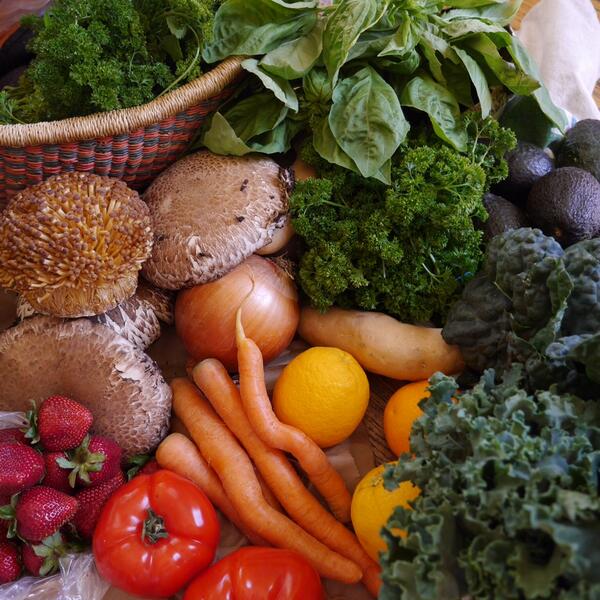Carnivore To Herbivore: The Vegan Starter Kit

SEE ALSO: Carnivore To Herbivore: Veganism In The Media
Understanding the pros and cons
The first step to veganism is understanding the benefits and draw backs of the lifestyle change. A study done by the American Dietetic Association shows that a vegan diet can lower the risk of heart disease and other obesity-related conditions. Also, vegans have lower rates of hypertension and a slower progression of kidney disease.
Veganism also benefits the environment. Researchers believe that livestock farming and animal agriculture has been linked to ground water pollution, acid rain and accelerated rates of greenhouse gas production. Additionally, veganism helps raise awareness about animal abuse issues in livestock farms.
Though there are many benefits of going vegan, there are also some consequences associated with a vegan diet. Since most calcium, iron and protein comes from meat and dairy products, vegans need to ensure that they are gaining all their essential nutrients with their plant products. Also, veganism does not guarantee weight loss. Many vegans rely on carbohydrates and unhealthy snacks to fill their stomachs, which deprives their bodies of many essential nutrients.
Seven foods to survive veganism
After observing the pros and cons of a vegan lifestyle, it is time to go grocery shopping for some vegan delicacies. Here are the seven foods I needed to survive the switch:
Fruits
They can be eaten as a snack, as a side dish for a meal, as a dessert, the list goes on and on. Fruits have loads of vitamins in them that will keep your body healthy and happy. Although fruits are delicious, it is important to enjoy them in moderation because they contain a significant amount of sugar.
Vegetables
The greener, the better. Dark leafy vegetables contain the iron that your body needs to absorb and are a great source of fiber. A great rule of thumb is to include a side of vegetables with every meal.
Nuts
Nuts contain large amounts of protein and good cholesterol. Since nuts are calorically dense, they are filling snacks that can be enjoyed throughout the day or as an addition to a healthy salad.
Tofu
The trick to enjoying tofu is creating a marinade that you like. Tofu is an absorbent soy product that takes the taste of whatever it is cooked with, so it is important to marinate it to your liking. It is an excellent replacement for meat products. Grocery stores contain tofurkey that can be used to make a delicious deli sandwich.
Seitan
Seltan is another meat substitute product that is very popular among vegans and vegetarians. It contains protein and, like tofu, can be marinated to taste like whatever you want.
Beans and lentils
Eating beans and lentils have been shown to lower the risk of type 2 diabetes, heart disease and colorectal cancer. They are also rich in antioxidants, fiber, protein, vitamin B and iron. Avoid canned beans because they contain added ingredients such as high fructose corn syrup and sodium.
Whole grains
Rice, quinoa, pasta, bread are all great sources of carbohydrates. Just ensure that there is no added milk to these products.
These foods are sure to get you through the first stages of veganism. However, this is by no means a complete and absolute list. Depending on your taste in food and food allergies, this list can be modified. There are many meat and dairy alternatives at grocery stores; however, keep track of the amount of sodium and processed products in these food items.
Final tip
Keep trying and testing different recipes and have fun with it! Veganism is a chance to explore new foods and expand your food palette, while also benefiting animals and the environment.
Follow Staff Writer Niki Hashemi here and follow her on Twitter.



